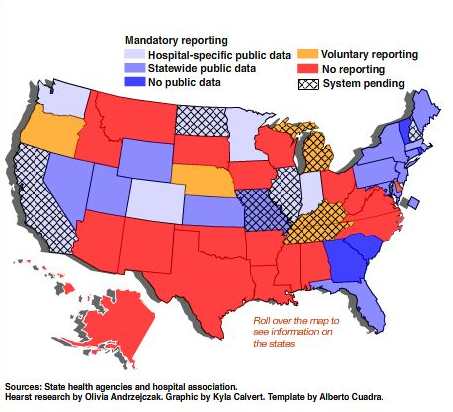There some in organizational psychology who feel just culture isnt enough to promote a culture of safety. Where just culture deals with response to behavior directly related to safety, organizational justice refers to employees overall perception of fairness in the workplace. Safety culture may be more influenced by this as hypothesized by Weiner, et al (2008). It isnt known how different groups who work in the healthcare environment perceive justice in the workplace. IF doctors are treated differently than nurses does that impact safety culture? If one group has a better supervisor than another does that impact safety culture?
Weiner Hobgood and Lewis Highly recommended reading http://www.ncbi.nlm.nih.gov/pubmed/17949876
How do leaders factor into this? Walk the walk and talk the talk have never been more important. Check out this recent study about hypocritical leadership http://www.ioatwork.com/actions-speak-louder-than-words-how-hypocritical-leaders-affect-employee-turnover/?utm_source=feedburner&utm_medium=email&utm_campaign=Feed%3A+ioatwork+%28I%2FO+AT+WORK%29



